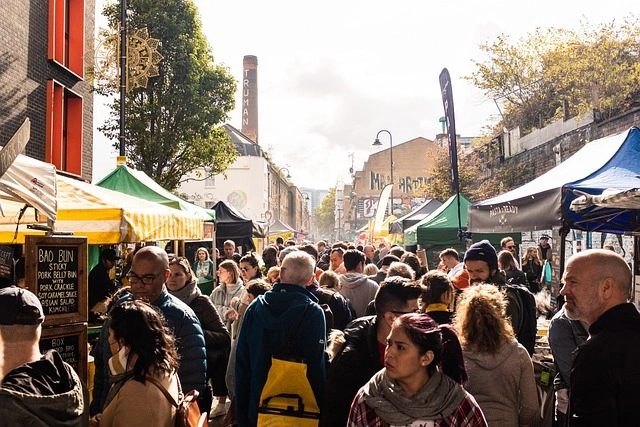By 2050, the global population is projected to reach 10 billion, placing unprecedented pressure on our agri-food systems. The dual challenge of feeding this growing population while reducing the environmental impact of agriculture has become one of the most pressing issues of our time. This article explores the key strategies and innovations needed to achieve sustainable food security without compromising the planet’s health.
1. The Scale of the Challenge
- Population Growth: With 10 billion people to feed by 2050, global food production must increase by 50-70% compared to current levels.
- Environmental Impact: Agriculture is responsible for 25% of global greenhouse gas emissions, 70% of freshwater use, and significant biodiversity loss. Unsustainable practices are exacerbating climate change, soil degradation, and water scarcity.
2. Key Strategies for Sustainable Food Production
To address this dual challenge, the global agri-food system must adopt innovative and sustainable practices. Here are the most promising strategies:
Precision Agriculture
- What It Is: Precision agriculture uses technology like GPS, drones, and IoT sensors to optimize farming practices.
- Benefits: Reduces waste, improves yields, and minimizes environmental impact by applying resources (water, fertilizers, pesticides) more efficiently.
- Example: Farmers using GPS-guided tractors can reduce fuel consumption and soil compaction, while variable-rate technology ensures optimal fertilizer application.
Regenerative Agriculture
- What It Is: A holistic approach that focuses on restoring soil health, increasing biodiversity, and improving water cycles.
- Benefits: Enhances carbon sequestration, reduces erosion, and improves long-term farm productivity.
- Example: Practices like cover cropping, crop rotation, and no-till farming can rebuild soil organic matter and reduce the need for synthetic inputs.
Vertical Farming and Controlled Environment Agriculture (CEA)
- What It Is: Growing crops in vertically stacked layers or controlled environments like greenhouses.
- Benefits: Uses less land and water, reduces transportation emissions, and allows year-round production.
- Example: Companies like Plenty and AeroFarms are using vertical farming to grow leafy greens and herbs with 95% less water than traditional farming.
Alternative Proteins
- What It Is: Shifting from resource-intensive livestock farming to plant-based and lab-grown proteins.
- Benefits: Reduces greenhouse gas emissions, land use, and water consumption associated with meat production.
- Example: Beyond Meat and Impossible Foods are leading the way in plant-based alternatives, while companies like Memphis Meats are developing lab-grown meat.
Reducing Food Waste
- What It Is: Addressing the 1.3 billion tons of food wasted annually globally.
- Benefits: Reduces the need for additional production and lowers environmental impact.
- Example: Apps like Too Good To Go connect consumers with surplus food from restaurants and grocery stores at discounted prices.
3. Policy and Collaboration
Achieving sustainable food security requires collaboration across governments, industries, and communities:
- Policy Support: Governments must incentivize sustainable practices through subsidies, research funding, and regulations.
- Corporate Responsibility: Agri-food companies must commit to sustainable sourcing and transparent supply chains.
- Consumer Awareness: Educating consumers about sustainable choices can drive demand for eco-friendly products.
4. The Role of Technology and Innovation
Emerging technologies are critical to transforming the agri-food system:
- AI and Big Data: Predictive analytics can optimize crop yields and reduce resource use.
- Blockchain: Enhances supply chain transparency and traceability.
- Gene Editing: CRISPR technology can develop crops that are more resilient to climate change.
5. Conclusion: A Call to Action
Feeding 10 billion people sustainably by 2050 is a monumental challenge, but it is achievable with the right strategies and collective effort. By embracing innovation, adopting sustainable practices, and fostering global collaboration, we can create an agri-food system that nourishes both people and the planet.
FAQs
- What is the biggest barrier to sustainable agriculture?
- High initial costs and lack of access to technology are major barriers, especially for smallholder farmers.
- How can individuals contribute to sustainable food systems?
- Reduce food waste, choose plant-based options, and support local and sustainable farmers.
- What role do governments play in sustainable agriculture?
- Governments can provide funding, set regulations, and promote research and development in sustainable practices.

